Growing house plants is a pleasant occupation, which sometimes brings good results. One of these fruits can be a roomy lemon, which can be grown simply on the windowsill.
Contents
- Sorts of home lemons
- How to grow a lemon tree at home from a bone?
- Video: How to grow a fruit-bearing lemon?
- How to plant a lemon?
- Which primer is suitable for indoor lemon?
- How to feed a lemon at home?
- Lemon Reproduction at Home
- Pests of Room Lemon
- Diseases and Treatment of Homemade Lemon
- Video: Room Lemon and its Diseases
- Why does a lemon tree have fallen leaves?
- How to trim a room lemon?
- Can I land a room lemon on the street?
- Video: How to grow a lemon at home?
Lemon is a fruit that is consumed in desserts and snacks, and adding to tea is considered a classic combination. In addition, the lemon is also a very beautiful tree with a pleasant smell of , which will decorate your house. In this article in detail we will consider how to grow a lemon and how to care for it.
Homemade lemons
Some lemons can be grown only in the southern regions of , others like lower temperatures and only survive in the northern areas of . Lemons are divided into such varieties:
- Lemon Uralsky is a unpretentious plant that grows well both in sultry weather and at low temperatures. With proper care per year yields up to 12 kg of
- yield. Pavlovsky lemon is a sort of lemon, which was one of the first to grow in indoor conditions. The plant grows best in dark places, but despite this, it blooms all year round. The yield from this type of lemon varies from 10 to 40 kg per year
- Lemons without a single spine are called Maikop and Genoa. In the first grade of lemon, very thin branches and a dark lush crown. The harvest for the year is 30 kg. The second is noted as a short-stemmed plant and yields only from the fourth year of life. The quantity of the crop does not exceed 8 kg in the first years and up to 40 kg in the subsequent period.
- Lemon Ponderosa is a citrus fruit variety whose fruits reach 1 kg in weight. But due to the fact that the fruits are large, the harvest does not exceed 5 pcs per year
- Also, large types of citrus fruits such as Jubilee can boast - they can reach 600 grams in weight.
- The hybrid variety is a kind of lemon such as Chinese Is a mixture of lemon and orange. A capricious plant is sufficient, which requires careful care. Productivity is low - up to 3 kg per year
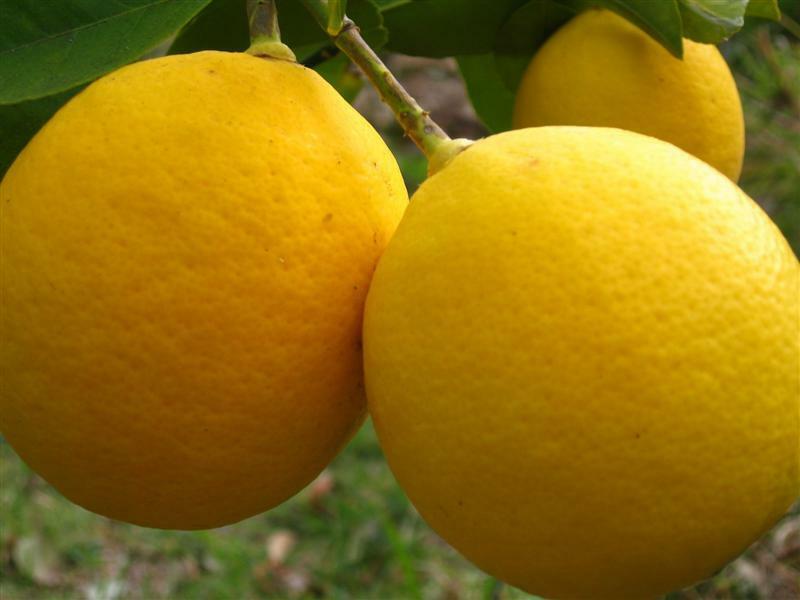 Chinese lemon
Chinese lemon Varieties of lemon that you can grow at home, a huge amount. All of them are different - some like heat and sun, others - half-shade and coolness. If you decide to plant a lemon in a pot at home, be sure to specify which temperature and light mode is suitable for this grade.
How to grow a lemon tree at home from a bone?
Lemon can be obtained by inoculation, and is grown from bones. The step-by-step instruction for growing a lemon from the bone is listed below:
- Take a small pot, puncture the bottom of the hole and drain .Buy land for citrus fruit or make it yourself. To do this, in equal quantities, pour into the pot humus and turf ground
- Buy a ripe large lemon, cut and, selecting 2-3 bones , put in the ground to a depth of 1.5 cm
- Set the temperature in the house not below + 18C , and once in three days, spray the soil. You can not water until the shoots, an exception can be made if you see that the ground has dried up
- When the first shoots appear, it will be after about 21 days after planting - change the pot to an illuminated but not very hot place. To water a plant it is necessary not more often than 1 time in 2 weeks
- To transplant a lemon it is necessary not more often 2 times a year .If you live in the private sector, you can plant the plant for summer in the ground and return it to the premises in the fall. For residents of the apartments, the transplant should be done only if the lemon has little room in the present pot. Do not buy too big pot for transplantation, it should be no more than 5 cm in diameter from the size of the previous
- In order for the lemon to be fruitful, it costs to pinch or gnaw the plant in late spring or summer
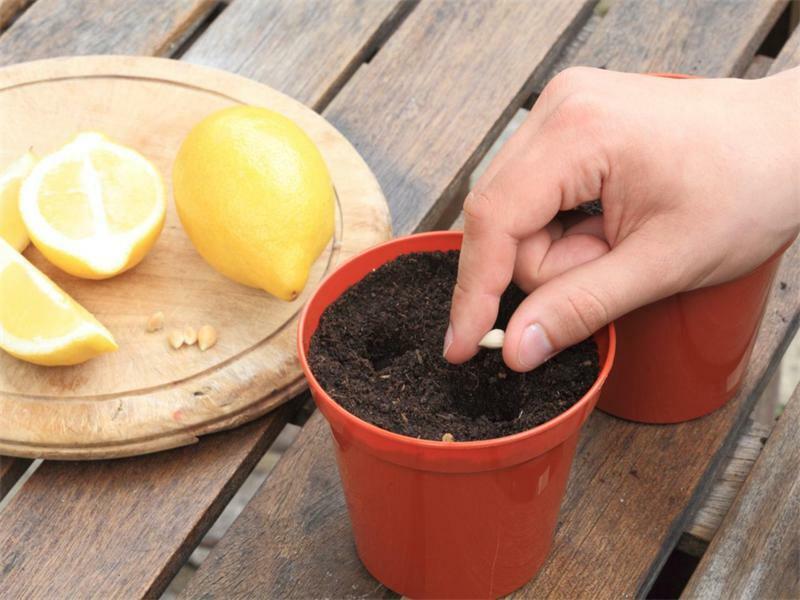 Growing a lemon from a seed
Growing a lemon from a seed After completing allThe above steps will enable to grow on its windowsill in a short time, a beautiful citrus tree that will bring the harvest to your table.
Video: How to grow a fruit-bearing lemon?
How to plant a lemon?
A lemon grown from a bone, most likely will not bear fruit if it is not planted. In order for the to get a citrus crop it is necessary:
- Cut the graft before the moment of grafting. Do it better in the period from April to August
- Trim the girth with the length 6 cm and remove all the leaves except the top ones - leave approximately 4 leaves
- Make a cut on top of the 1 cm long and treat the cut with the garden log
- On the pryvo cuthalf of each leaf, tied with a tape to the rootstock, and put under a glass tank or a large plastic bottle
- Through 2 weeks check how the vaccination was started - whether the cut off leaves are easily removed
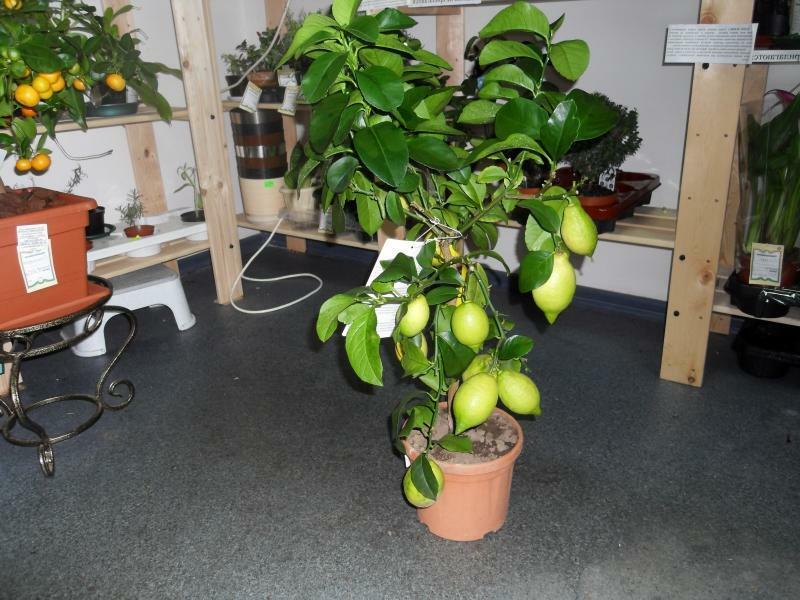 To make the tree fruitfulApp end it is necessary to properly instill
To make the tree fruitfulApp end it is necessary to properly instill If the leaves are beginning to fall over time, then this is a clear sign that tree grafting is successful and you can relax a little ribbon, which you attributed the scion and rootstock.
Usually such methods of lemon grafting are successful and one year after such procedure you will see the first, extraordinarily smelling white flowers, from which in time will grow a delicious citrus fruit.
Which primer is suitable for indoor lemon?
Lemon is a very whimsical plant and will not grow in any soil. In order to plant a citrus tree in a pot you can use the land from the store( special bags with ground marked "For citrus"), or make the desired mixture yourself.
A mixture of soil for a young lemon consists of sod and foliage in the proportion of 2: 1 and sand with humus in a 1: 1 ratio. For a more mature plant, the amount of sod land is increased by one indicator and will be 3: 1 in the ratio with the leaf earth.
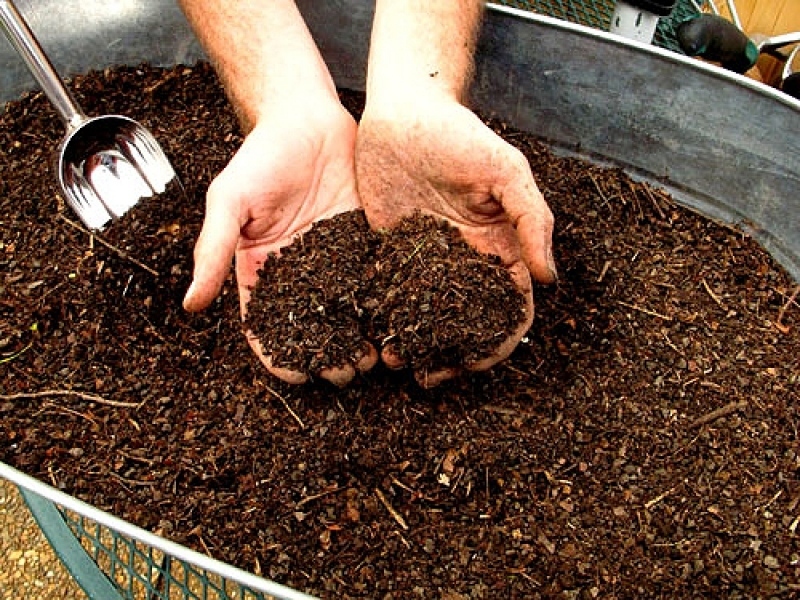 Soil for lemon can be purchased in the store or prepared by yourself
Soil for lemon can be purchased in the store or prepared by yourself Especially good addition to such soil is rotted oak leaves. This is a very nutritious medium for the root system of the citrus tree.
Do not plant the plant in the land from under the flowers or just dumped on the site. Lemon will not only stop in growth, but may simply die in such conditions.
How to feed a lemon at home?
If you grow a lemon at home, be prepared for the fact that it will not be as big as its counterpart in the store, but because of the smell and fragrance of , the home harvest will outperform the purchased one at times.
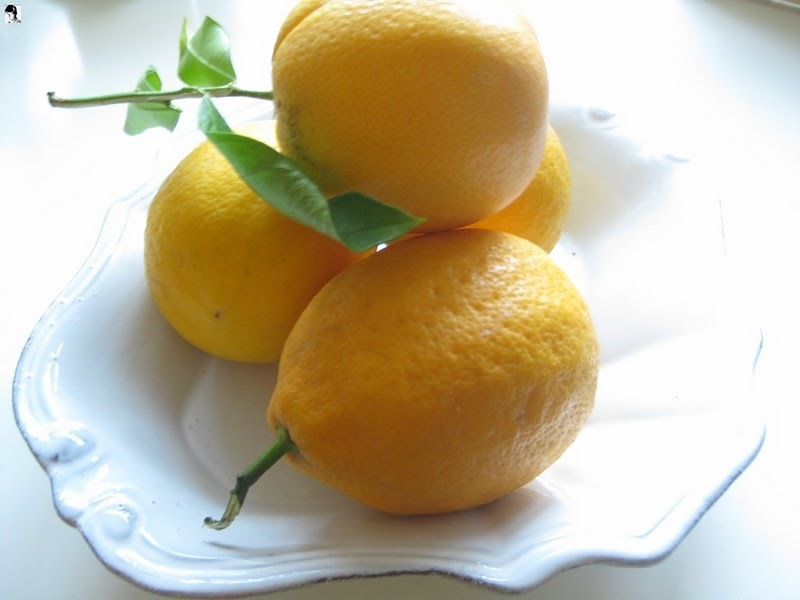 For a good harvest of lemons, the plant needs to be fertilized.
For a good harvest of lemons, the plant needs to be fertilized. In order for the lemon to bear fruit, its leaves are bright green, and the tree itself looks strong and healthy, needs to be regularly and properly fertilized. The main nutrients for lemon are nitrogen, potassium and phosphorus .The first has positive results on the growth of the plant, the second - on the formation of large, delicious fruits, the third - preserves the bright color of the lemon leaves.
In shops special solution for citrus is sold, where in the correct ratio all necessary components are collected. It is best to fertilize the plant in summer or autumn. Homemade fertilizers can be chicken manure, diluted with water in a ratio of 1: 9.
Reproduction of lemon at home
You can propagate the lemon with seeds or by cutting .In each of these ways there are negative and positive sides:
- When growing seeds with , the tree is more powerful than the lemon that was produced when cuttings are drilled
- Seed multiplication of fruits only shows after 7 years of , with cuttings of lemons will be after 3 years
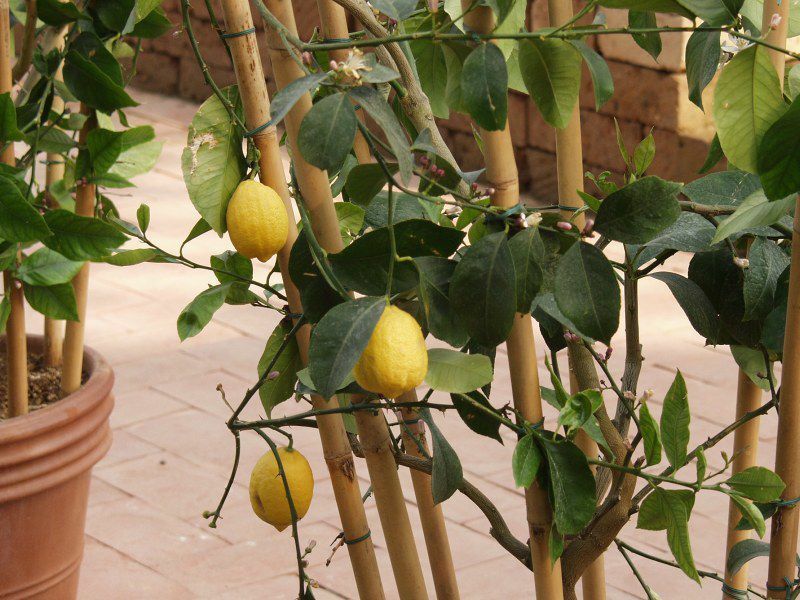 Reproduction of lemon can be carried out by seeds or cuttings
Reproduction of lemon can be carried out by seeds or cuttings We will consider these types of reproduction in more detail. Seeds after eating lemon put in a pot with a mixture of earth , humus and sand to a depth of no more than 2 cm, spray the soil. At seed multiplication, the first shoots from the seeds appear a maximum of a month later. Over time, the plant grows long, thin branches that need to be pruned.
Propagation by cuttings is a faster way to get a beautiful tree. In the pot with drainage it is necessary to plant 5 cuttings of from a healthy lemon with cuts and cover with a jar. Three weeks later, the first shoots will appear. To transplant such a lemon to the pot is after 2 months of after the emergence of the shoots.
When multiplying lemons, must be fertilized once a few months with with manure or a special mixture from stores. Fruits after this method of reproduction, depending on the variety, may appear the next year.
 Lemons grown from seeds will not bear fruit right away - only after 7-8 years.
Lemons grown from seeds will not bear fruit right away - only after 7-8 years. . Do not be lazy to use at least the first method, because it is not difficult to stick a lemon bone into a pot. But the beautiful green tree, which will grow from such a bone, will delight the eye daily.
Pests of indoor lemon
The most dangerous pest for lemon are spider mites and aphids. To prevent such a parasite from overcoming the domestic plant, spray the plant regularly, and wipe the lemon leaves every two weeks with a sponge.
Variants of solutions for saving lemon from pest mass, are some of them:
- solution with soap and machine oil ( oil can be replaced with kerosene or copper sulphate) - mix these ingredients in a 1: 2 ratio and carefully wipe the leaves. Wash the maroon with clean water. Repeat a week
- Emulsion soap with mustard - in a bucket of water, dissolve 250 grams of laundry soap and 10 times less mustard powder, mix well. In the resulting solution, pour 250 g of copper sulfate
- . Sponge the sponge in a weak vinegar solution and wipe the leaves
- Bucket from the inside, lubricate with turpentine and cover the plant. After a few hours, remove the container and wash the leaves with warm water
- 100 g hot pepper grind into 1 liter of water and cook for about an hour. After that, strain through gauze and insist for two days. Before use, dilute with water at a ratio of 1:10
- 50 g garlic pass through the scabies and pour 300 g of hot water, insist one week in a dark place. Before use, add 350 grams of soap and dilute in a bucket of water
 One of the enemies of a room lemon - aphid
One of the enemies of a room lemon - aphid Do not delay the treatment of a lemon in a long box. Pests will not leave the plant until you help. Wipe the leaves of with any of the similar solutions of during the pest attack and until you see a complete recovery of the plant. Conduct preventive spraying of the citrus tree and then no parasites are scary to it.
Diseases and treatment of home-made lemon
Indoor lemons can overcome various fungal, viral and bacterial diseases. After getting such a disease on the leaves and trunk of the tree ulcers, outgrowths, rot and other signs are formed.
If you do not care for a lemon, then it becomes very vulnerable to such diseases. When you see any of the signs of the fungus or bacteria on the plant, remove all fruits and flowers, , so that they do not take the lemon's strengths needed to fight the pests.
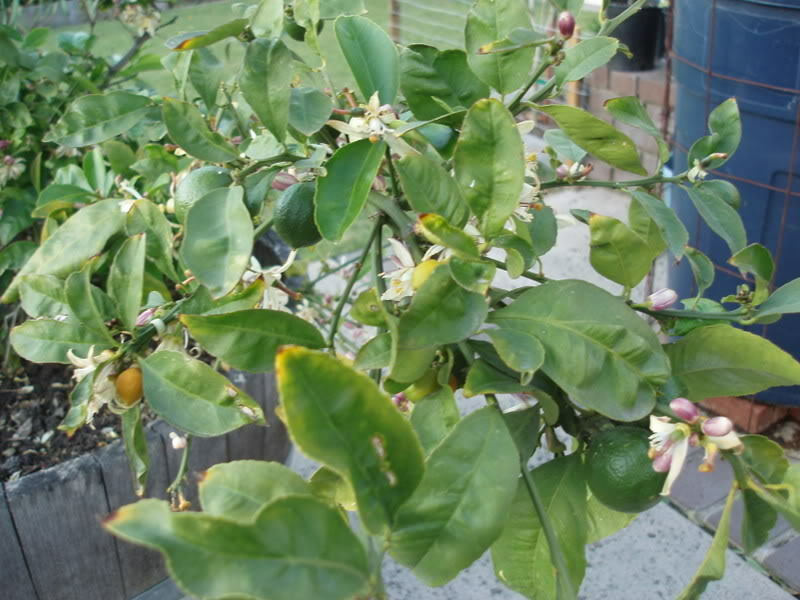 Defeat of lemon with
Defeat of lemon with disease For prevention and treatment of the manifestations of the disease, it is necessary to use with the drug "Phytosporin". Use it to spray and water the diseased tree according to the instructions.
 Spots on lemon sheets are also a sign of one of the diseases - it is necessary to immediately start treatment of
Spots on lemon sheets are also a sign of one of the diseases - it is necessary to immediately start treatment of . In fungal diseases on trees, there can be such visible signs:
- Yellowing leaves of , fallen buds and red spots on fruits. For treatment spray Bordeaux solution
- Pink warts on the leaves and orange spots on the fruit. It is necessary to trim the affected parts and spray with Bordeaux liquid
- Red spots of , cracks on the stem of the plant. For treatment, clean the affected area, anoint with a solution of copper sulfate and garden wine. Carry out such procedures until the
is fully cured. In order for the lemon to not have such signs and not to die from the started disease, it is worthwhile to regularly inspect the plant and to apply the treatment measures to save the tree.
Video: Room Lemon and its Disease
Why does the lemon have fallen leaves?
If the home-grown lemon costs not in the lighted spot of the , then this may be the first reason why the plants fall off the leaves. To solve the problem with citrus tree leaves, you need:
- Put the tree on the window sill on the south side of the
- In winter, additionally light the plant with the
and artificial light lamps, and excessive irrigation of the leads to the loss of foliage on the lemon. In the first case, withered roots die out, and the sap moves to the leaves, which in turn begin to fall off.
In case of excessive moisture, becomes a denser , which blocks air access to the root system. Again, the root dies and the situation is repeated with insufficient watering. So keep an eye on the amount of citrus watering.
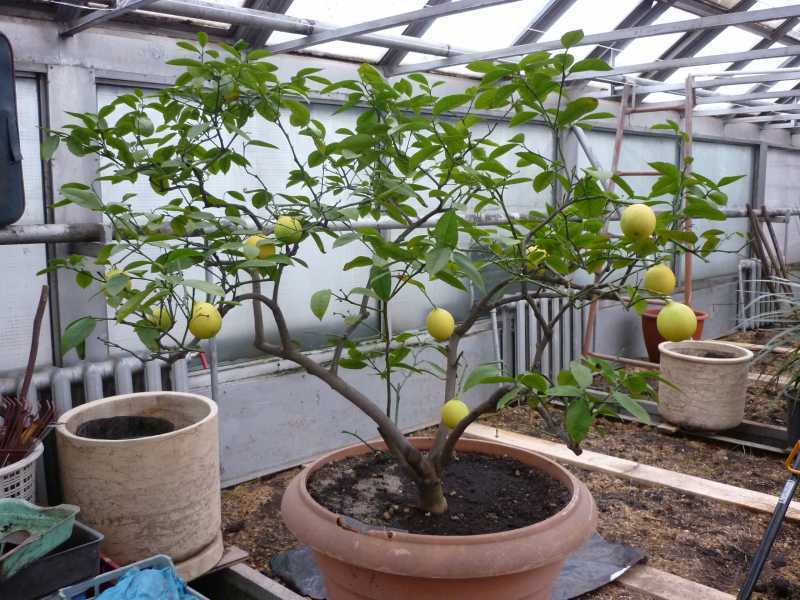 If the lemon has fallen leaves, then you are not good enough to take care of it
If the lemon has fallen leaves, then you are not good enough to take care of it During the summer period, the lemon intensively consumes minerals from the soil. If you do not replenish the reserve with fertilizers, then the lemon leaves will begin to turn yellow and fall off.
In winter, the heated room is similar in climate to the desert. Excessive dryness of air - stress for lemon. Therefore, so that he does not start to discard the leaves in such conditions, regularly 2 times a week, spray the leaves of and do not put a lemon close to the heater or battery.
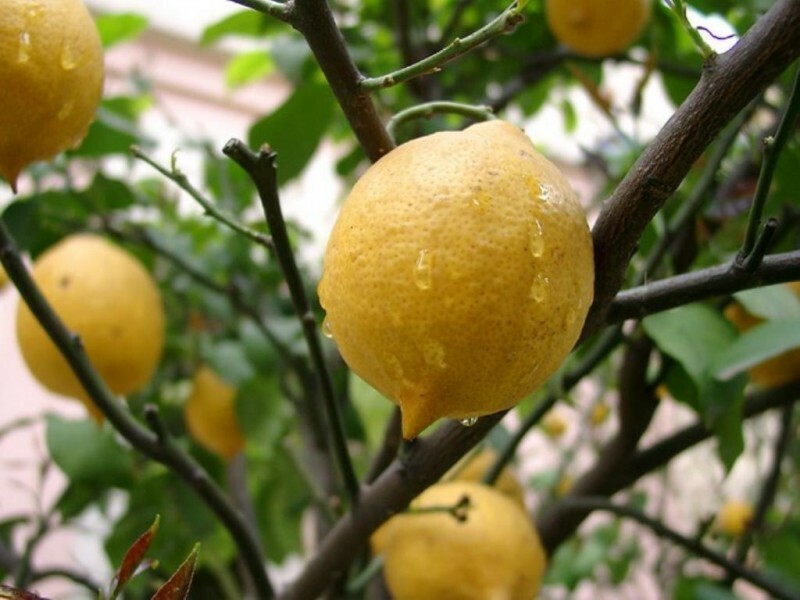 Leaves may fall due to excessive watering, and also because of lack of water.
Leaves may fall due to excessive watering, and also because of lack of water. . If the room temperature of is below + 10C and there is a constant draft of , this too can cause leaf fall.
Relieve the lemon from such stressful situations - take care of the temperature in the room where the lemon tree is stored, and the amount of watering the plant.
How to trim a room lemon?
In order for the lemon tree to bear fruit well and to be of regular shape, the should be regularly cut off the and turn the tree on the windowsill against the sun every two weeks. You can align the barrel by tying the branches with copper wire. Thus, the branches will grow in the right direction.
If the lemon already has fruit, then when maturing, should cut not only the fruit, but also a branch 5-7 cm long , on which the crop grew. And in a week later new shoots will grow on the site of the cut.
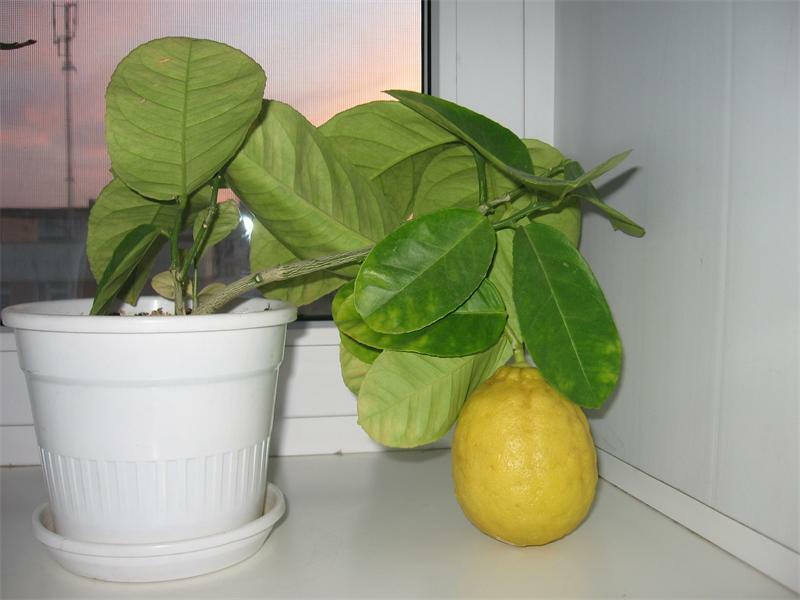 To obtain a fragrant tree with fruits, it is necessary to cut it
To obtain a fragrant tree with fruits, it is necessary to cut it If you have too many fruits on a tree, you need to adjust the amount of at a rate of 1 fruit per 10-12 leaves. All the other lemons need to be removed so that the plant is not very hard. Give the correct form to your plant, so that it fructifies well and has a healthy appearance.
Can I land a room lemon on the street?
It is very useful to plant lemon on the street. Choose not too open and lit place. The best option would be a place where the before lunch, the sun, and after - the penumbra. Be prepared for the fact that after a transplant the lemon can discard flowers. But it's not terrible, such a reaction of the plant to stress during transplant.
If you do not want the lemon to be without flowers, plant the plant outdoors in a pot. Thus, the tree will be in the same conditions, but already in the open air.
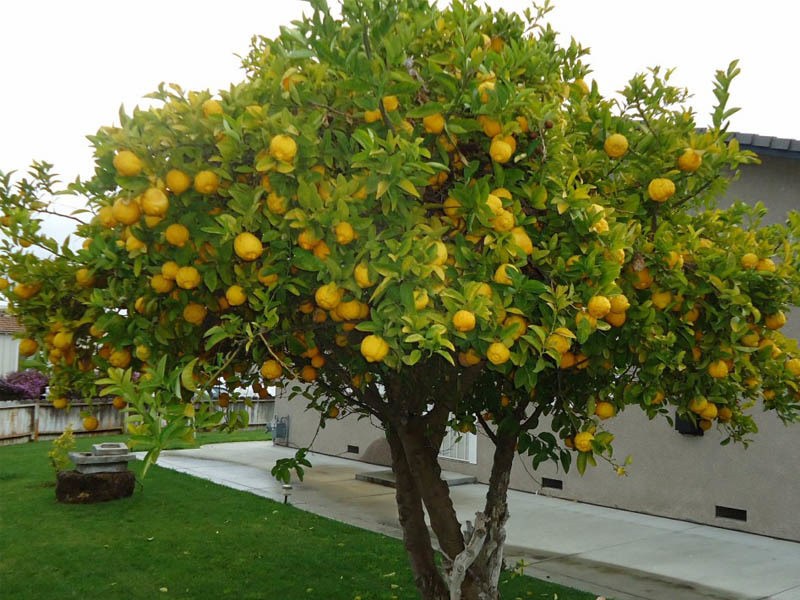 Be sure to plant a room lemon on the street in a warm period.
Be sure to plant a room lemon on the street in a warm period. . In good climatic conditions, the lemon will grow on the streets of during the entire summer season of the .In October, it is desirable to return it to the room, because there may be night frosts and the plant can freeze.
In any case, should not delay the stay of indoor lemon on the street - as soon as the temperature begins to fall, it is necessary to return the to the room.
Careful care and compliance with these measures will allow you to stay for a long time in your house an exotic guest - a roomy lemon, which will surely please you with bright greens and delicious citrus fruits.
